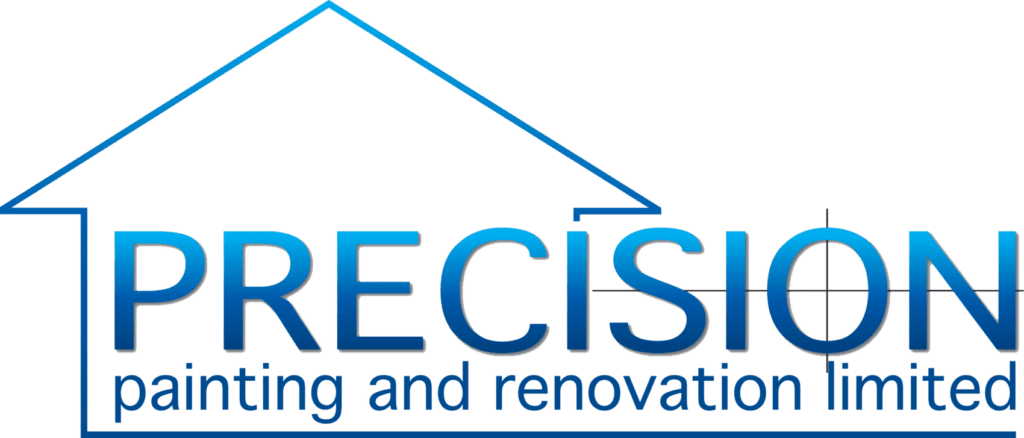A freshly painted exterior or interior enhances the appeal and protection of any structure. Yet, even the most durable coatings eventually show signs of wear. For property managers and homeowners, recognizing when paint is fading or chipping requires immediate action is crucial. Prompt intervention not only preserves visual appeal but also protects underlying surfaces from long-term damage. Hiring a Professional Commercial Painting Service at the first sign of serious deterioration ensures that repairs are performed correctly, safeguarding the building’s integrity.
Causes Behind Paint Fading and Chipping
Several factors contribute to paint deterioration. Understanding the root cause can help in determining the urgency of repairs:
-
Sunlight Exposure: Prolonged UV exposure breaks down pigments, leading to fading. Lighter colors often fade faster, while dark hues can lose vibrancy unevenly.
-
Moisture and Humidity: Walls exposed to water leaks, high humidity, or condensation can develop blistering, peeling, or mold growth under the paint layer.
-
Surface Contamination: Dirt, grease, and pollution can degrade adhesion, causing paint to lift or chip prematurely.
-
Low-Quality Paint: Paints with weak binders or limited weather resistance fail sooner, making even routine maintenance challenging.
-
Improper Application: Skipping primers, inadequate surface cleaning, or painting over wet surfaces can compromise longevity.
Recognizing the interplay of these factors allows property owners to act before minor imperfections escalate into structural issues.
Signs That Require Immediate Action
While minor cosmetic fading is natural over time, certain signs indicate a need for urgent attention:
-
Extensive Chipping or Peeling: Paint flaking off in large patches exposes underlying materials to air, moisture, and pests.
-
Visible Cracks in Paint Layers: Hairline cracks can evolve into deep fissures, leading to wall damage if ignored.
-
Blistering or Bubbling: This is often caused by moisture trapped under the paint, signaling possible water intrusion.
-
Uneven Fading: Patchy discoloration indicates chemical breakdown of pigments or sun damage, sometimes combined with surface contamination.
-
Mold or Mildew Presence: Paint that shows black, green, or brown spots may hide moisture issues that threaten structural integrity.
Immediate action is necessary once any of these signs appear. Delay can increase repair costs and reduce the lifespan of the paint job.
Consequences of Ignoring Fading or Chipping Paint
Neglecting deteriorated paint can lead to both aesthetic and structural problems:
-
Water Damage: Exposed wood or drywall absorbs moisture, potentially causing rot or warping.
-
Reduced Property Value: Faded, chipped paint diminishes curb appeal and may deter potential tenants or buyers.
-
Health Risks: Mold growth from compromised paint can trigger allergies and respiratory problems.
-
Increased Costs: Repairs worsen over time; small touch-ups evolve into full repainting or surface replacement.
When Timing Matters: Interior vs Exterior Surfaces
Different environments demand different responses:
-
Exterior Surfaces: Harsh weather, sun, and pollutants accelerate deterioration. Exterior chipping should be addressed immediately to prevent moisture ingress, wood rot, or stucco damage.
-
Interior Surfaces: Kitchens, bathrooms, and high-traffic areas often experience humidity and friction-related wear. While cosmetic fading can be tolerated briefly, peeling, cracking, or mold growth needs urgent repair to maintain indoor air quality.
Steps to Take When Paint Shows Critical Signs
Acting quickly can prevent more extensive damage. Here are the key steps to follow:
-
Assess the Damage: Identify whether the issue is localized or widespread, and check for underlying moisture or structural problems.
-
Remove Loose Paint: Carefully scrape chipping areas to prevent further peeling and create a clean surface for repainting.
-
Repair Surface Flaws: Fill cracks, sand rough spots, and address any water intrusion or mold problems before repainting.
-
Prime Before Repainting: Apply a high-quality primer suitable for the surface type to ensure adhesion and durability.
-
Select the Right Paint: Use a durable formula designed for the environment—UV-resistant for exteriors, moisture-resistant for interiors.
-
Hire Professionals if Needed: Complex surfaces or extensive damage often require the precision and efficiency of a professional painting service.
Preventive Measures to Minimize Fading and Chipping
Taking proactive steps can significantly extend the life of a paint job:
-
Regular Inspections: Check surfaces periodically, especially after extreme weather conditions.
-
Surface Cleaning: Dust, dirt, and mildew reduce adhesion; routine cleaning prevents long-term issues.
-
Environmental Control: Managing indoor humidity and addressing leaks promptly can prevent interior paint deterioration.
-
High-Quality Materials: Investing in premium paint and primers improves longevity and resistance to fading or peeling.
-
Protective Coatings: Sealants and topcoats add an extra barrier against moisture and UV rays, maintaining appearance for years.
Examples of Critical Situations
-
A commercial building with peeling exterior paint after a rainy season may be at risk of water damage in the underlying wood siding.
-
Interior bathroom paint showing bubbling near windows could indicate condensation issues that, if untreated, might lead to mold infestation.
-
Faded office walls with uneven patches may appear minor, but they can erode brand image and employee morale if left unattended.
Choosing a Professional Approach
Professional intervention ensures proper surface preparation, correct material selection, and flawless application. This approach is especially crucial when:
-
Damage is extensive and beyond DIY capabilities.
-
Moisture or mold is present beneath paint layers.
-
Surfaces have multiple layers of old paint that require careful removal.
-
Longevity and aesthetics are a high priority.
By addressing paint deterioration promptly, property owners protect their investment, maintain structural integrity, and preserve the visual appeal that reflects the quality of the property.
Conclusion
Paint fading or chipping is more than a cosmetic issue; it’s an early warning system for potential structural and environmental damage. Recognizing the signs that require immediate action—such as peeling, cracking, blistering, and mold presence—allows for timely intervention. Through proper assessment, surface preparation, and professional repainting, property owners can extend the life of their paint, protect underlying materials, and ensure that both interiors and exteriors remain visually appealing and safe. Preventive maintenance, combined with high-quality materials and attention to environmental factors, minimizes future deterioration and reduces costly repairs.

